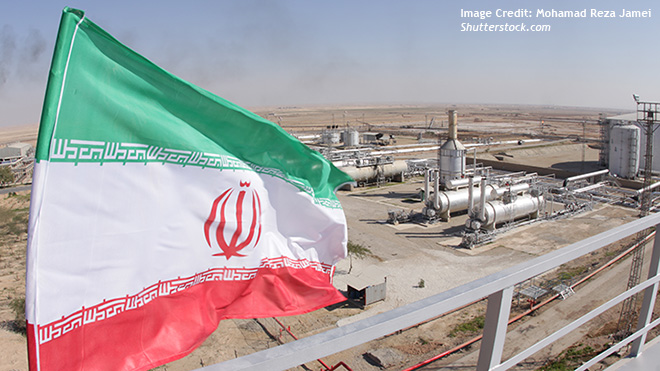New President, Old System: Business as Usual in Iran

The snap polls in Iran concluded last week, announcing the reformist candidate Masoud Pezeshkian as the country’s next president. The elections took place after the sudden death of President Ebrahim Raisi in an accident in early June. After Pezeshkian’s win, the attention turns to what comes next for Iranians, the future of Iran’s foreign policy, and its broader implications for the region, given Iran’s pivotal role. Three major points can be made about Pezeshkian’s victory.
IRGC still in Charge
First, Iran’s foreign and security policy would likely manifest no significant change. The Iranian system comprises elected institutions like the President’s office and the Parliament (Majles) and unelected offices like the Supreme Leader, Guardian Council, Expediency Council, the Islamic Revolutionary Guard Corps (IRGC), and several other revolutionary institutions. The mandates of elected and unelected institutions overlap significantly. Still, the unelected institutions have taken the upper hand over the years, particularly under the leadership of Ali Khamenei as Supreme Leader.
The IRGC is notably in control of Iran’s foreign and security policy, where the President’s role has shrunk over the years. Although the President nominally heads the Supreme National Security Council, the country’s largest decision-making body, the IRGC has significant influence in the Council. Numerous examples have shown this. For instance, President Ahmadinejad was not consulted before the Iranian intervention in Syria.
Similarly, during Rouhani’s presidency, he and his foreign minister, Javad Zarif, regularly tussled with the IRGC for obstructing their policies. The recent activities of the IRGC in the region over the last decade are further evidence of their great hold on foreign and security policy decision-making. Thus, Pezeshkian is unlikely to bring any change in that domain.
Domestic Challenges Persist
Second, the domestic situation in Iran is precarious, particularly in terms of economy and societal cohesion. The Hijab protests starkly highlighted this reality. These are the domains where Iranians and experts looking at Iran expect some change, but such promises of change are to be taken with a pinch of salt.
If anything, a more tumultuous time is expected for the reformist President, who would struggle to get his policies through Parliament. In fact, the new President’s first challenge would be to get his cabinet nominees through Parliament, something hardliner President Raisi struggled with despite having a largely conservative Parliament. The experience of Rouhani’s government is not so far back in history to know how reformist-conservative infighting pans out.
Two issues in the recent presidential debates that stood out were the economy and the Joint Comprehensive Plan of Action (JCPOA) or the Iran nuclear deal as it is commonly called. The two are intricately linked, and the task in front of Pezeshkian would be to navigate this conundrum, especially getting relief from sanctions.
This, again, is a perilous expectation given the electoral cycle in Washington, where former president Donald Trump’s chances look hopeful to return to the White House. His Maximum Pressure policy was a difficult phase for Iran, and not to forget the Trump administration pulled out of the nuclear deal or JCPOA in 2018. Since then, the Iranian economy has been in a complete spiral.
President in Name?
Third, it is a pyrrhic victory for reformists. The parallel system of governance in the Islamic Republic means that whoever becomes president has limited control over what actually happens within Iran and what Iran does in the region. Indeed, the President’s office is the public face of all Iranian actions, but the President’s control over setting or steering the agenda has diminished significantly over the years.
The problem of a reformist win is also evident in past experiences. When Rouhani was in power, social unrest, such as the November 2019 protests or those following the IRGC shooting down a civilian airliner that killed 176 people, proved easier for hardliners to manage. For them, it was easier to blame the President and his ministers for the unrest and the subsequent force the state exerted, even while the Basij, an organization under the IRGC, carried out repression.
When Raisi took over as President, hardliners dominated every segment of elected and unelected institutions and there was little scope for shifting blame. Therefore, with reformists again in power, the hardliners would see it as a great opportunity because they do not have to take the blame for any governance failure while they can keep enjoying power in the system through other means. For these reasons, hopeful analyses of changes in Iranian policies under a reformist President could prove incredulous.
Ultimately, the reformists’ ability to secure the presidency may be a win for reformists as a group within Iran, but the polarization and militarization in Iranian society coupled with economic woes and social unrest within the public – half of which did not even vote – is going to be a pyrrhic victory for the reformists. Meanwhile, the overall situation in Iran will hardly see any change.